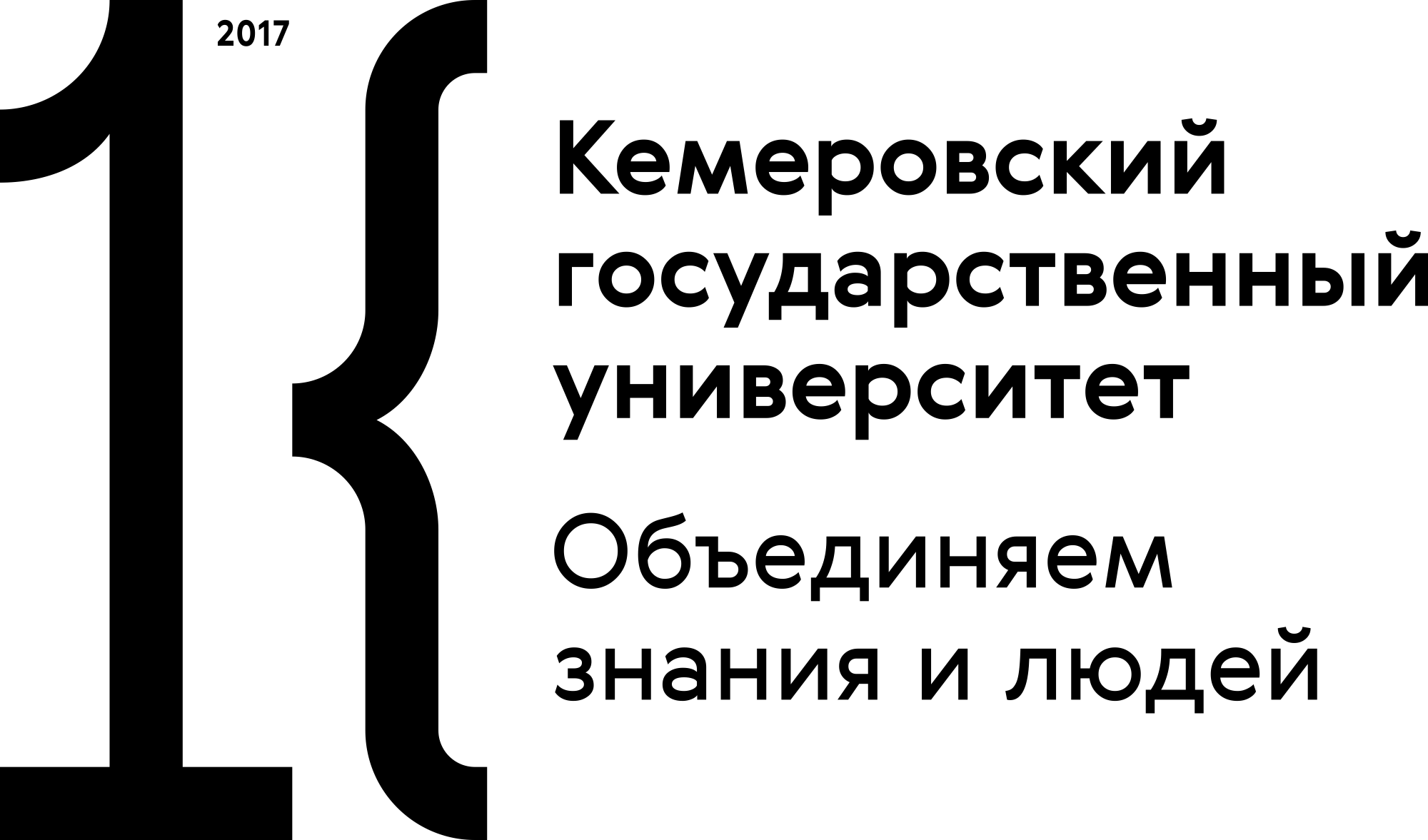Blagoveschensk, Russian Federation
The current market trends and the wide variety of goods result in the need for different sales channels. Such channels can include from one to several intermediaries and differ in principle from the cost of use. As a result of modern information and communication technologies, new types of distribution models emerge, as well as new opportunities for the formation of this type of business in any remote territory, thereby expanding the market's boundaries. The article considers the experience of forming and transitioning to various models of distribution business in the Amur region, depending on external and internal market conditions, while the distribution of the roles of market players will be of great importance in terms of the ability to penetrate the target market and the amount of profit or profit. The transition from one model to another is accompanied by the desire of companies to monitor the entire value chain of the final product, while various business may reduce transaction costs and scale down. Finding the optimal version of the model will depend on many factors, such as: the relationship between investment and optimal specific assets; number of projects and average distribution costs; acceptable level of receivables.
integration processes, distribution, transaction costs
1. Dent J. Vse o distributsii [All about distribution]. Transl. Zakharov A. V. Moscow: Akvamarinovaia kniga, 2011, 360.
2. Sheresheva M. Iu. Mezhfirmennye seti [Interfirm networks]. Moscow: Ekonomicheskii fakulʹtet MGU, TEIS, 2006, 320.
3. Avdasheva S. B., Rozanova N. M. Teoriia organizatsii otraslevykh rynkov [Theory of organization of industrial markets]. Moscow: ICHP «Izdatelʹstvo Magistr», 1998, 320.
4. Kleiner G. B. Strategiia predpriiatiia [Strategy of the enterprise]. Moscow: Izdatelʹstvo «Delo» ANKH, 2008, 568.
5. Furubotn E. G., Rikhter R. Instituty i ekonomicheskaia teoriia. Dostizheniia novoi institutsionalʹnoi ekonomicheskoi teorii [Institutes and economic theory. Achievements of the new institutional economic theory]. Saint-Petersburg: Izdatelʹskii Dom S.-Peterburgskogo gosudarstvennogo universiteta, 2005, 701.
6. Grigorʹeva V. Z., Dovgaia T. V. Osobennosti integratsionnykh protsessov na predpriiatiiakh pishchevoi promyshlennosti Amurskoi oblasti [Features of integration processes in the food industry enterprises of the Amur region]. Dolgosrochnaia strategiia razvitiia rossiiskogo Dalʹnego Vostoka: materialy nauch.-prakt. konf.: sb. st. [Long-term development strategy of the Russian Far East: Proc. Sci.-Prac. Conf.]. Khabarovsk: IEI DVO RAN, 2008, 232-238.
7. Kardell S. Strategicheskoe sotrudnichestvo: kreativnyi biznes-kurs [Strategic cooperation: creative business course]. Transl. K. Tkachenko. Moscow: FAIR-PRESS, 2005, 256.

















